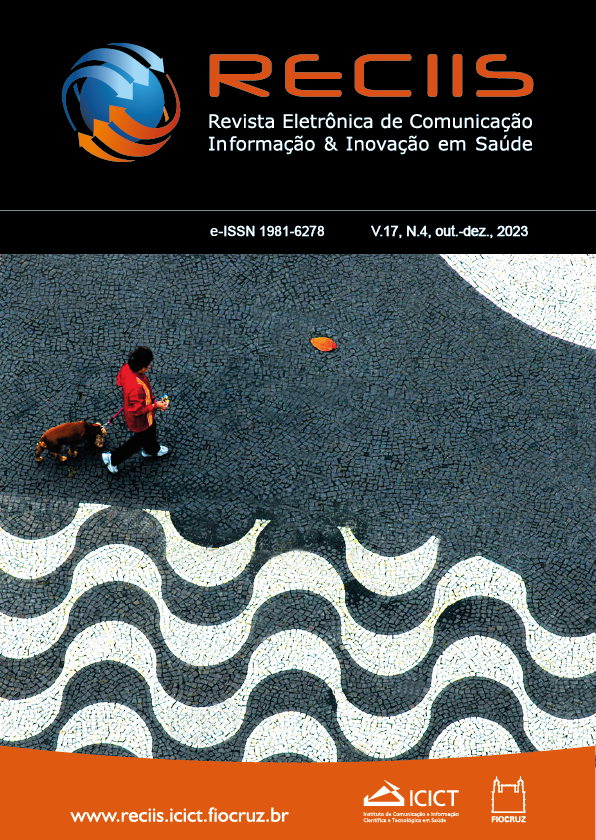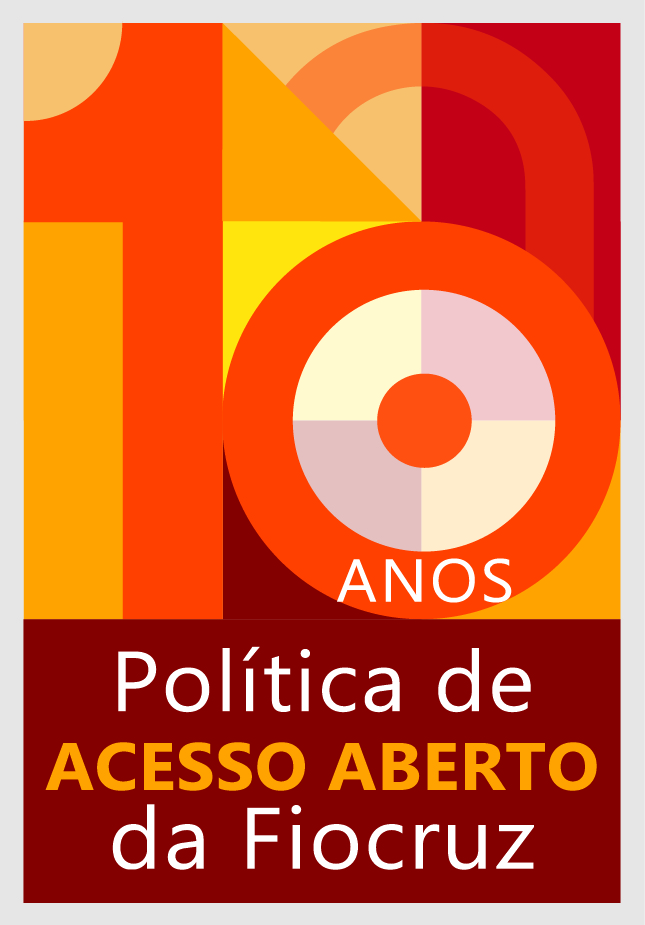Dossier Care-in-interaction: practices, knowledge, and reflexivity in health (v. 18, n. 2) Apr./Jun. 2024.
A concept inseparable from communication, interaction is a constitutive part of the communicative act. While broad and guided by different approaches, human communication interactional studies have the common analytical challenge of observing the joint construction of utterances and their actional values in the microecological environment in which they occur, which implies looking emically, that is, starting from within, and considering the reflective processes of the people participating in that human communication interaction (Rodrigues, 2021).
This dossier, whose title mobilizes the care-in-interaction concept, addresses health care from an interactionist perspective (Ostermann; Meneghel, 2012), with particular interest in research with a multimodal focus to articulate, in a finely detailed descriptive work, speech and body studies (Mondada, 2018).
The expression care-in-interaction is generated by a common matrix in Ethnomethodology and Conversation Analysis (EMCA) (Loder; Jung, 2008), an investigative current originating from North American sociology, derived from Harold Garfinkel’s Ethnomethodology, which has been embraced globally in multiple disciplinary fields (Watson; Gastaldo, 2015), and which has brought speech-and-the-body-in-interaction as an object of study in the last ten years.
Analyses are data driven and can mobilize and articulate other theoretical currents, which focus on multiple objects and events, namely, polyphony and Bakhtinian dialogism, the Austinian analysis of speech acts, the Goffmanian face work and politeness, contextualization prosodic cues, and justifications and the theory of argumentation in language.
From the perspective of ethnomethodological and conversation analysis, care-in-interaction studies open up a range of investigations into interactions in different environments using several resources. As Harvey Sacks points out in his classical study of telephone conversations recorded by a suicide prevention center in the United States of America and, therefore, mediated by a technological device for distance communication, research whose collected material does not include all multimodal resources available in face-to-face interactions bring about challenges that reinforce the great analytical potential of looking inward, considering the natural and artificial devices of mediation to the world.
Two initial questions instigated this dossier: a) How is interactivity being operated in different environments and settings, especially regarding health topics? b) In what ways can microanalytical approaches to studies on interactions contribute to understanding social processes?
We encourage contributions from authors from different social, human, and health sciences fields – with particular emphasis on communication studies, language, anthropology, social work, and sociology – for thematic sub-axes such as:
- Epistemic asymmetries, situated cognition, intercomprehension, and emotions-in-interaction;
- Microanalytical studies of conversational frameworks of social and health intervention;
- Telepresence interactions, mediated by multimodal computers (microphone, speaker, webcam, and screen);
- Interactional frameworks of joint research and self-confrontation practices in the training of health and social professionals;
- Participation of citizens in devices for joint analysis of service and care practices (citizen science);
- Atypical interactions in their interdisciplinary dimensions of social studies of disability.
Guest editors: Marcia Rodrigues Lisboa (Oswaldo Cruz Foundation – Laboratory of Phenomenology, Ethnomethodology and Conversational Analysis of Social Clusivity – Lab-FEACC_CLISSIS) and Michel Binet (Universidade Lusíada – Laboratory of Phenomenology, Ethnomethodology and Conversational Analysis of Social Clusivity – Lab-FEACC_CLISSIS)
Submission deadline: until February 20, 2024.
Publication estimate: v. 18, no. 2, April/June 2024.
When submitting the work, please use the category Dossier Care-in-interaction: practices, knowledge, and reflexivity in health.
References
LODER, Letícia Ludwig; JUNG, Neiva Maria (ed). Fala-em-interação social: introdução à análise da conversa etnometodológica. Campinas: Mercado de Letras, 2008.
MONDADA, Lorenza. Multiple temporalities of language and body in interaction: challenges for transcribing multimodality. Research on Language and Social Interaction, United States, v. 51, n. 1, p. 85-106, 2018. DOI: https://doi.org/10.1080/08351813.2018.1413878. Available from: https://www.tandfonline.com/doi/full/10.1080/08351813.2018.1413878, Accessed: Oct. 25, 2023.
OSTERMANN, Ana Cristina; MENEGHEL, Stela Nazareth (orgs). Humanização Gênero Poder: contribuições dos estudos de fala-em-interação para a atenção à saúde. Campinas: Mercado de Letras; Rio de Janeiro: Fiocruz, 2012.
RODRIGUES, Adriano Duarte. A natureza da atividade comunicativa. Lisboa: Lisbon Press, 2021.
WATSON, Rod; GASTALDO, Édison. Etnometodologia e análise da conversa. Petrópolis: Vozes: PUC-Rio, 2015.
Read more about Dossier Care-in-interaction: practices, knowledge, and reflexivity in health (v. 18, n. 2) Apr./Jun. 2024.











